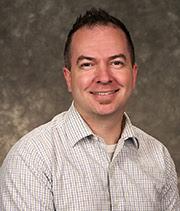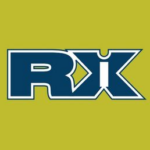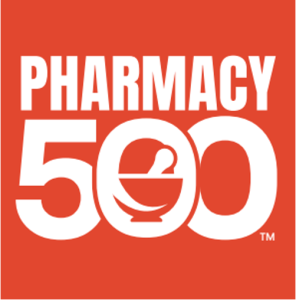
Josh Eklund
From pharmacists to technicians, creating an effective drug diversion prevention solution at hospitals around the country requires input from all sorts of personnel. But the role each member of a drug diversion team has can change from discipline to discipline – and with it come a different set of challenges.
As a Pharmacy Coordinator of Automation and Technology at North Kansas City Hospital, Josh Eklund has oversight of many different processes within the hospital, including the monitoring of certain controlled substances that go through the system’s automated dispensing cabinets. His position also has him collaborating with other departments within the hospital, such as the nursing department.
“Because of the nature of my position, it made sense to also make sure that everything is accounted for within the nursing department,” said Eklund. “My colleagues and I make sure controlled substances are being used appropriately and follow the policies and procedures specific to the institution.”
With a pharmacy degree from the University of Missouri-Kansas City, Eklund has an easier time understanding the flow of the clinical environment. For example, if there is an suspicious dosage reported in a transaction, he would be able to spot the anomaly and take appropriate measures to report said issue or clarify it.
However, Eklund states that teams dedicated to monitoring don’t need to be made up exclusively of pharmacists or clinicians. Instead, he suggests a more collaborative approach within departments, where members of different disciplines have a vested interest in compliant substance use and dispensing.
“Some of the challenging parts of this job include communicating with all sorts of different stakeholders within the institution,” said Eklund. “Sometimes It involves incorporating policies that may be specific to different departments. But having time and resources available from different parts of the hospital certainly helps make it easier to stay compliant.”
With cases of drug diversion generating headlines across the country, Eklund says hospitals should have – and instill – some sense of urgency within different teams when building a drug diversion system.
“It may be easy to say that a hospital doesn’t need to prioritize many resources to detecting drug diversion with so many other needs,” says Eklund. “But I would say administrators who don’t prioritize this would probably change their opinion if they had some type of major diversion event.”
Eklund says it is a big task to track so many transactions – especially with a manual solution – but there is a lot of value in safeguarding the safety of employees and patients alike.
“My job is safety first,” says Eklund. “It can be hard sometimes with so many different people having to come together for this purpose. But I make sure that everything we do is for the safety of the employees and the safety of the patients.”








